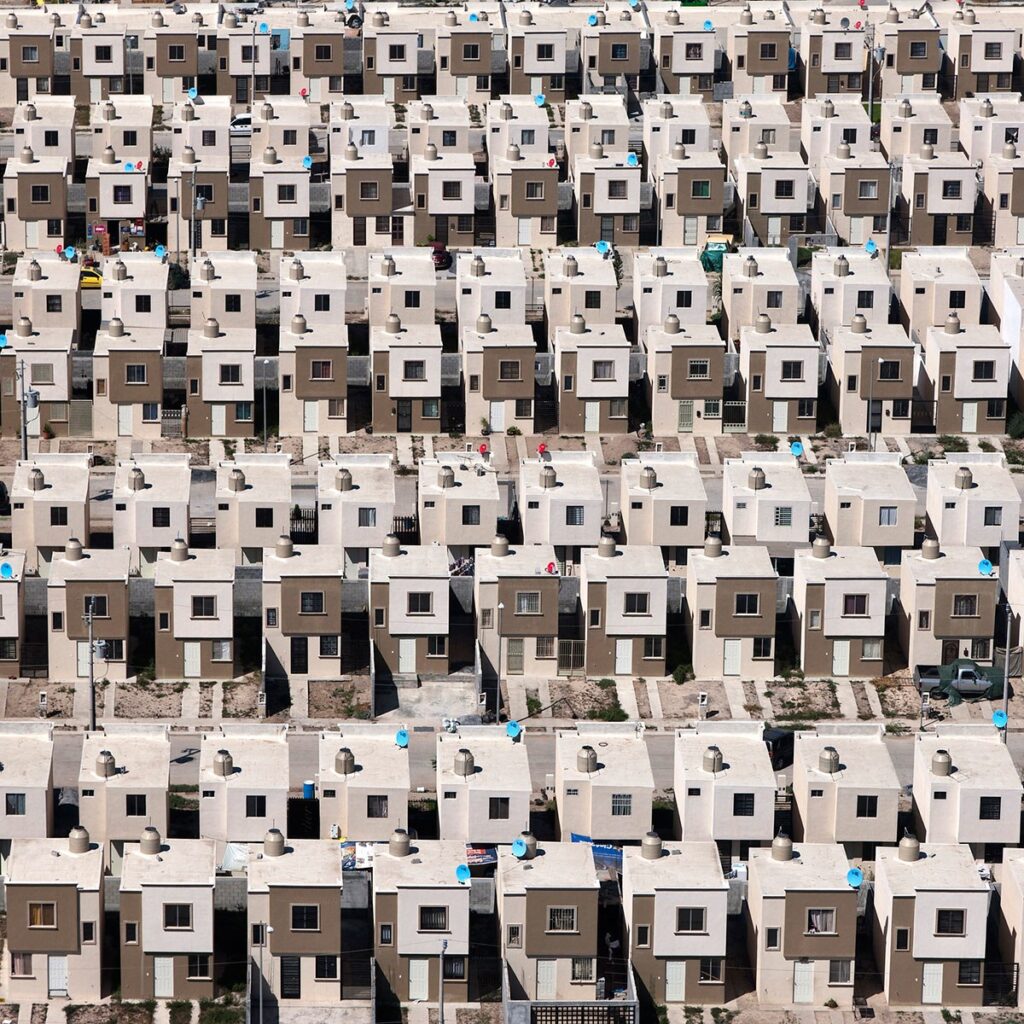In the early 2000s, the Mexican government launched an ambitious effort to build affordable housing for millions of the country’s most impoverished citizens. According to an article in Wired, the government spent billions of dollars on the program, resulting in hundreds of sprawling housing developments.
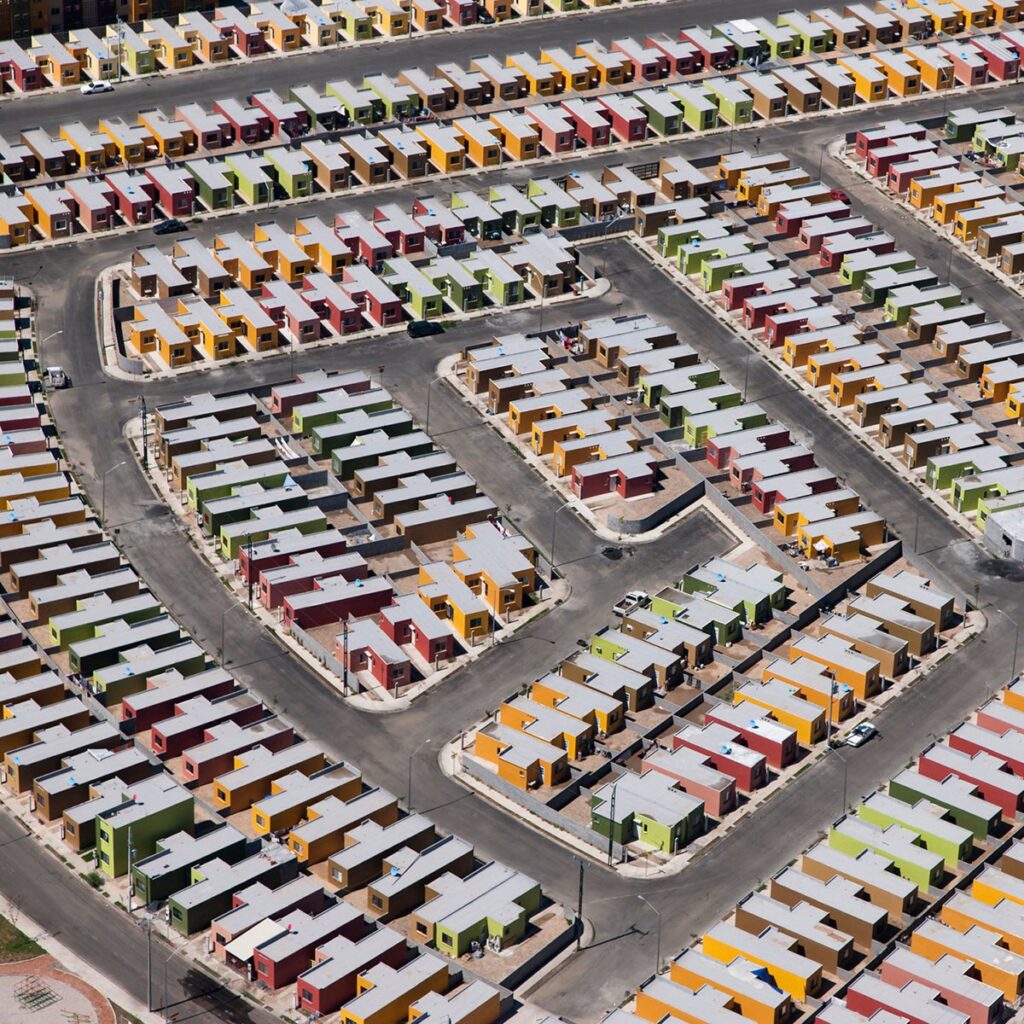
Paseos del Marqués in Querétaro, Mexico
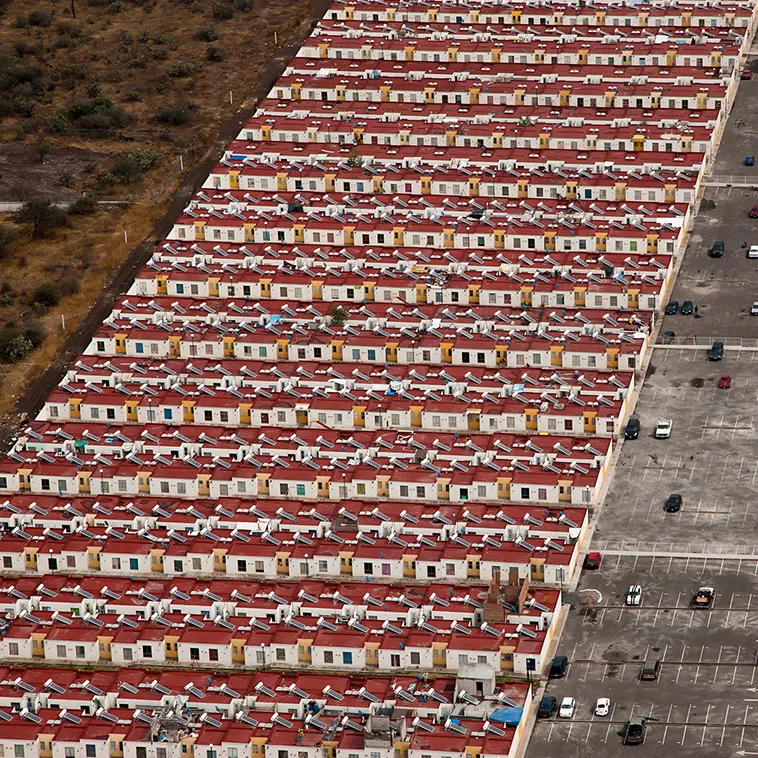
However, the program was plagued by problems, and the resulting developments have been described as “dystopian” and a “failed experiment”. The Los Angeles Times reported that the housing company Homex was one of the biggest beneficiaries of the program, but the company later found itself in financial trouble. Forbes reported in 2021 that Mexico is still struggling with housing issues, with outbreaks of negative and bizarre anti-housing legislation across the country.
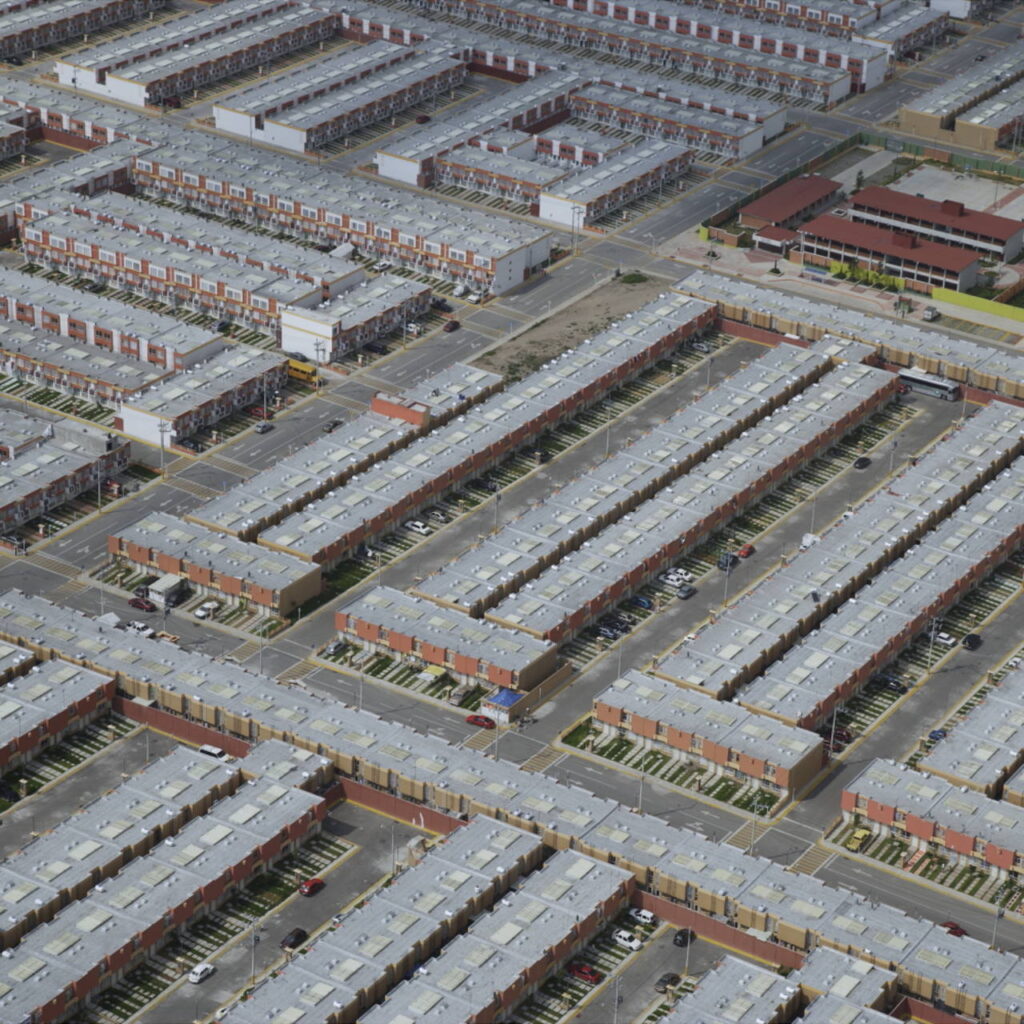
How Mexico’s Housing Crisis is Worsening Each Year
Mexico’s housing crisis is worsening each year due to various factors. A lack of real estate development and financing options, among other factors, resulted in a deficit of more than 35% additional homes for the current population. This has led to millions of the country’s most impoverished citizens living in dystopian housing developments.
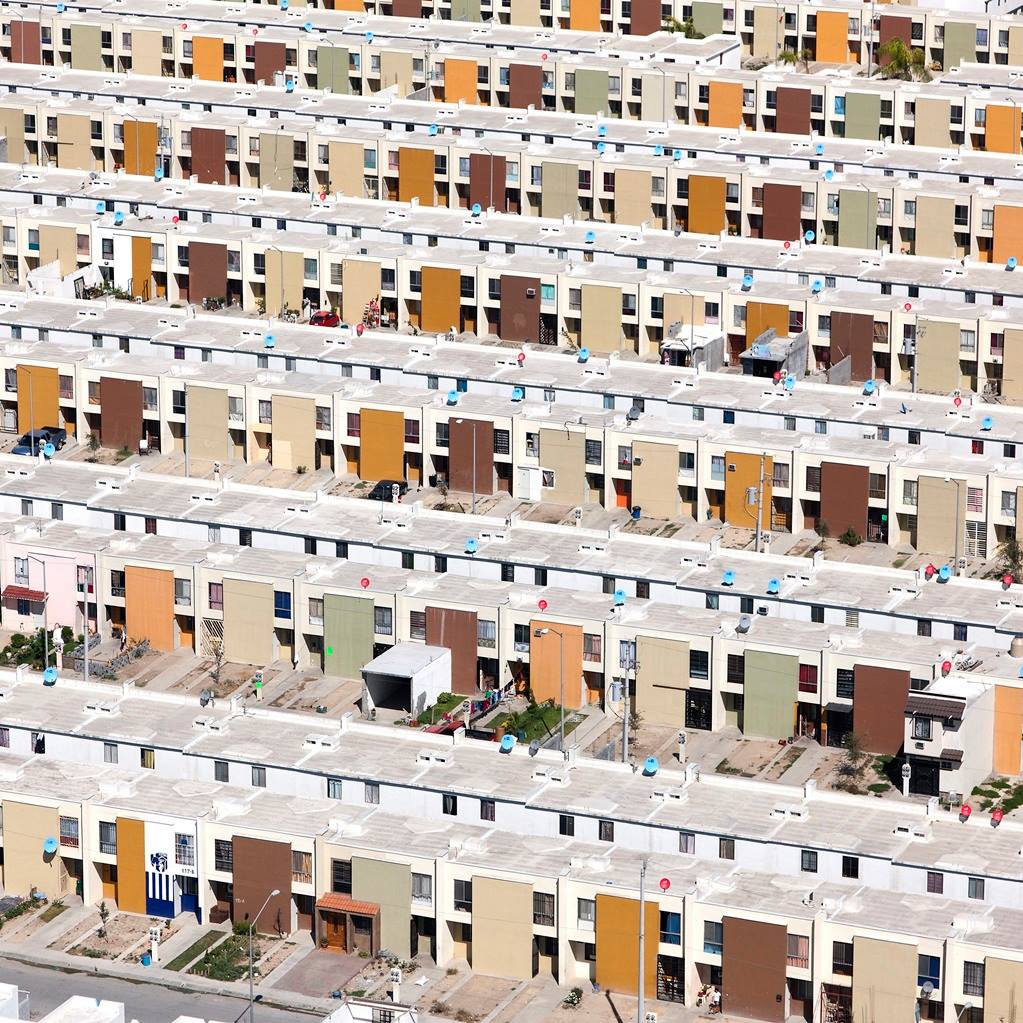
In Mexico City, more than half of the respondents to a recent survey had difficulties paying their rent or mortgage, and nearly one-third of respondents changed homes during the pandemic, with more than 60% of those who moved saying it was because they couldn’t afford rent. Meanwhile, companies like Blackstone reported record-breaking earnings in 2021. Financialization, rather than gentrification, is a major contributor to Mexico’s housing crisis.
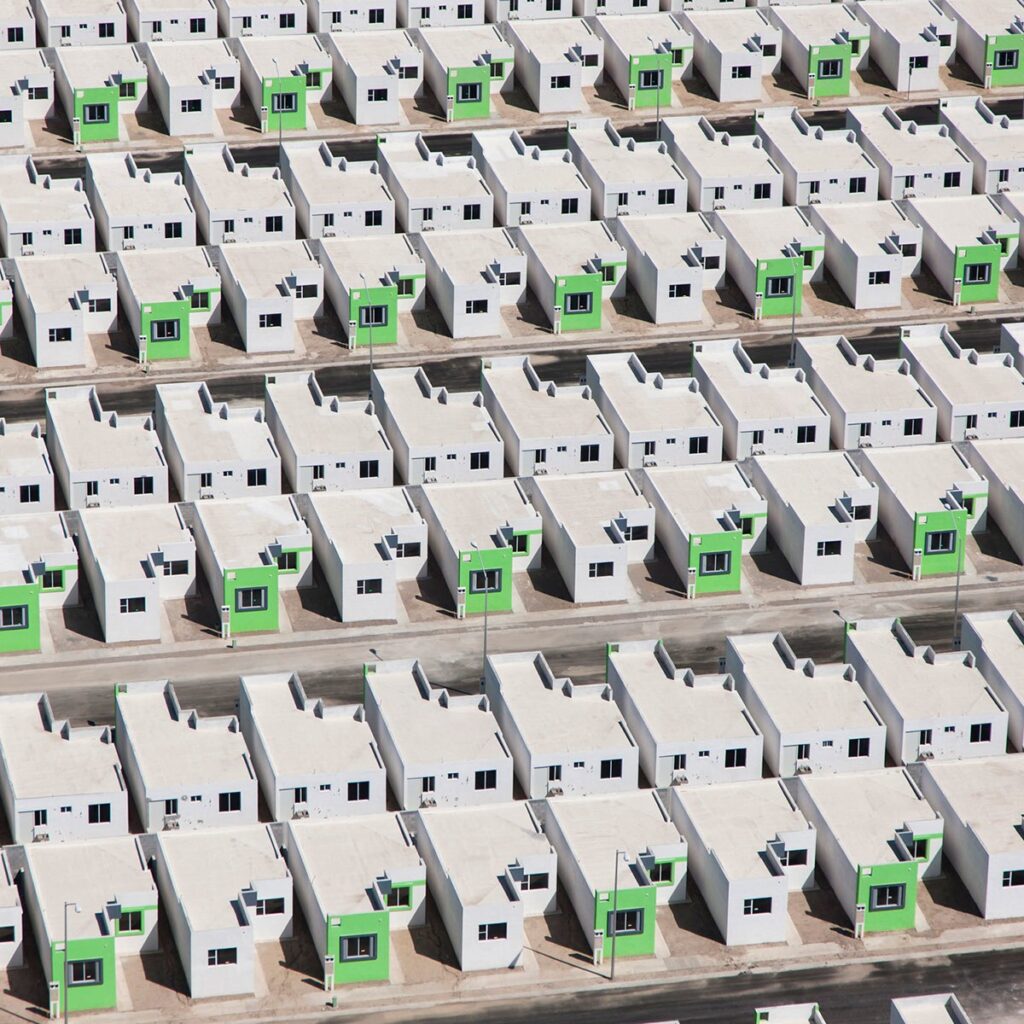
The Human Cost of Mexico’s Dystopian Housing Developments
Mexico’s dystopian housing developments have a significant human cost, affecting the physical, mental, and economic well-being of those who live in them. One of the impacts is on residents’ health, as these developments are often constructed in areas with poor air quality, insufficient sanitation, and limited access to healthcare. Additionally, the homes themselves are often of poor quality, with inadequate ventilation, heating, and cooling, leading to respiratory problems and other illnesses.
